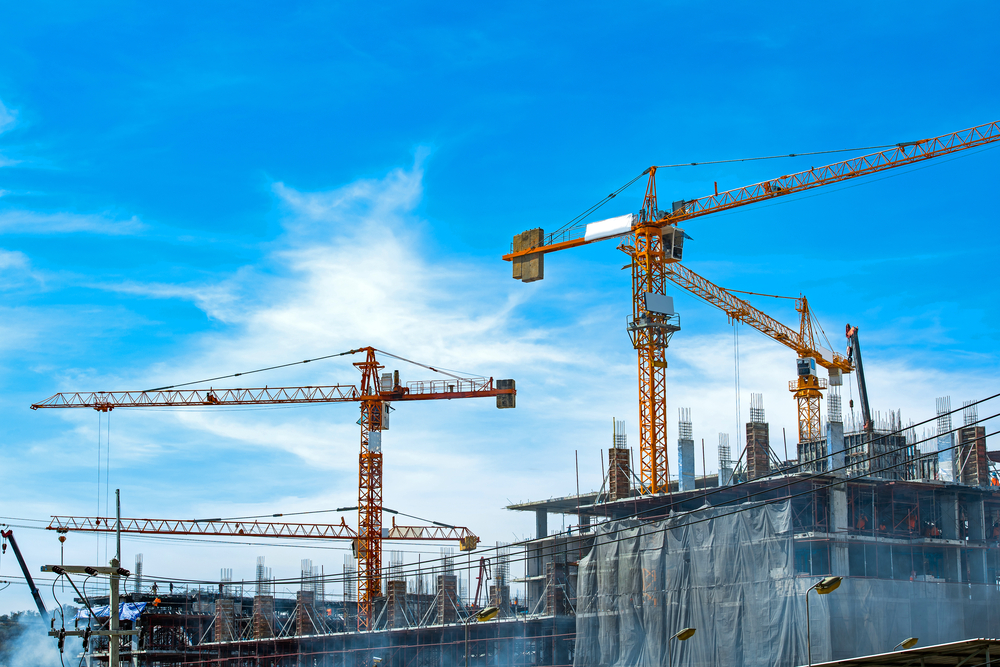The EPAct 179D Tax Deduction was introduced in 2005 with the intention to drive commercial building owners and designers of tax-exempt buildings to reduce their energy use. By enabling building owners to claim a tax deduction for installing qualifying systems in their buildings, these incentives aim to encourage commercial building owners to install energy efficient property.
In prior years, architects, engineers, and design-build contractors were eligible to receive allocations on projects they designed for federal, state, and local government-owned buildings, but starting in 2023, they can now also receive allocations for their design work on buildings owned by tax -exempt entities. This means many building types previously ineligible to participate in IRC 179D may now qualify.
How do you qualify?
Installation of energy-efficient commercial building property (EECBP) occurs when constructing a new, or improving an existing, commercial building or tax-exempt entity’s building (such as government entities, not-for-profit orgs, churches, not-for-profit schools/universities, etc.) IRC 179D allows a taxpayer who owns or leases a commercial building to deduct the cost or a portion of the cost to install EECBP.
Additionally, if the EECBP is installed in a tax-exempt entity-owned building, the deduction can be allocated to the designer(s) primarily responsible for designing the EECBP. Since Congress still wanted to incentivize the inclusion of energy-efficient components in these buildings, they expanded IRC 179D to allow the building owner (tax-exempt entity) the ability to allocate their deduction to the taxpaying designer of the energy-efficient properties of the buildings since they cannot reap the financial benefits of a tax deduction.
Therefore, to qualify, you must be a:
- Architect, Mechanical Engineer, Electrical Engineer, and other designer of tax-exempt buildings, or
- A Commercial Building Owner
Additionally, the EECBP must be part of at least one of three systems:
- Interior lighting systems (Interior Lighting)
- Heating, cooling, ventilation, and hot-water systems (HVAC/HW)
- The building’s envelope (ENV)
Deduction limitation
The amount of the IRC 179D deduction is the cost of EECBP placed in service during the taxable is limited to either a Maximum Amount of the Deduction or a Partial Deduction. The qualifying system does not include the cost of the entire project but the costs of the prescribed building systems, including the building envelope; the heating, cooling, ventilation, and hot-water systems; and/or the interior lighting systems.
Previously, the Maximum Amount of Deduction under IRC 179D was up to $1.80/sqft for the entire building. This Maximum Amount of Deduction was for the lifetime of the building and included the aggregate amount of the IRC 179D deductions allowed with respect to the building for all prior taxable years.
The Inflation Reduction Act significantly expanded the benefit of the program up to $5.00/sqft if a building is able to achieve a 50 percent reduction in total annual energy and power costs as a result of the installation of EECBP. Additionally, even with a 25 percent reduction, you may be eligible for a reduced reduction.
We're here to help
To find out if you qualify for a partial or full credit, talk with your tax advisor to learn more about the rules associated with the IRC 179D Deduction.

